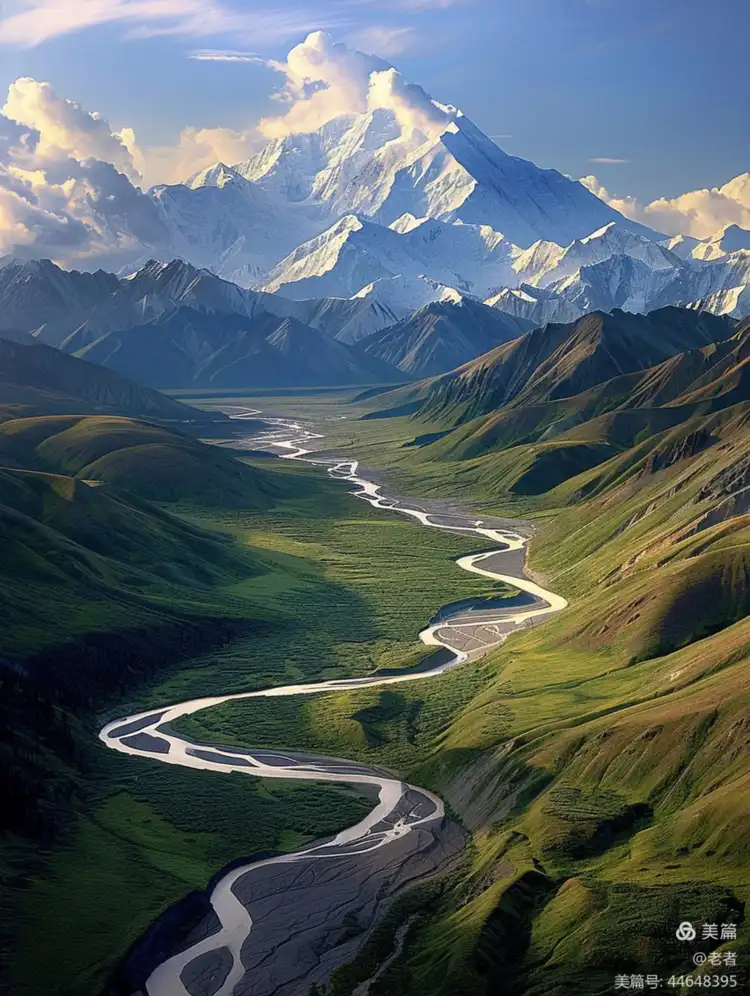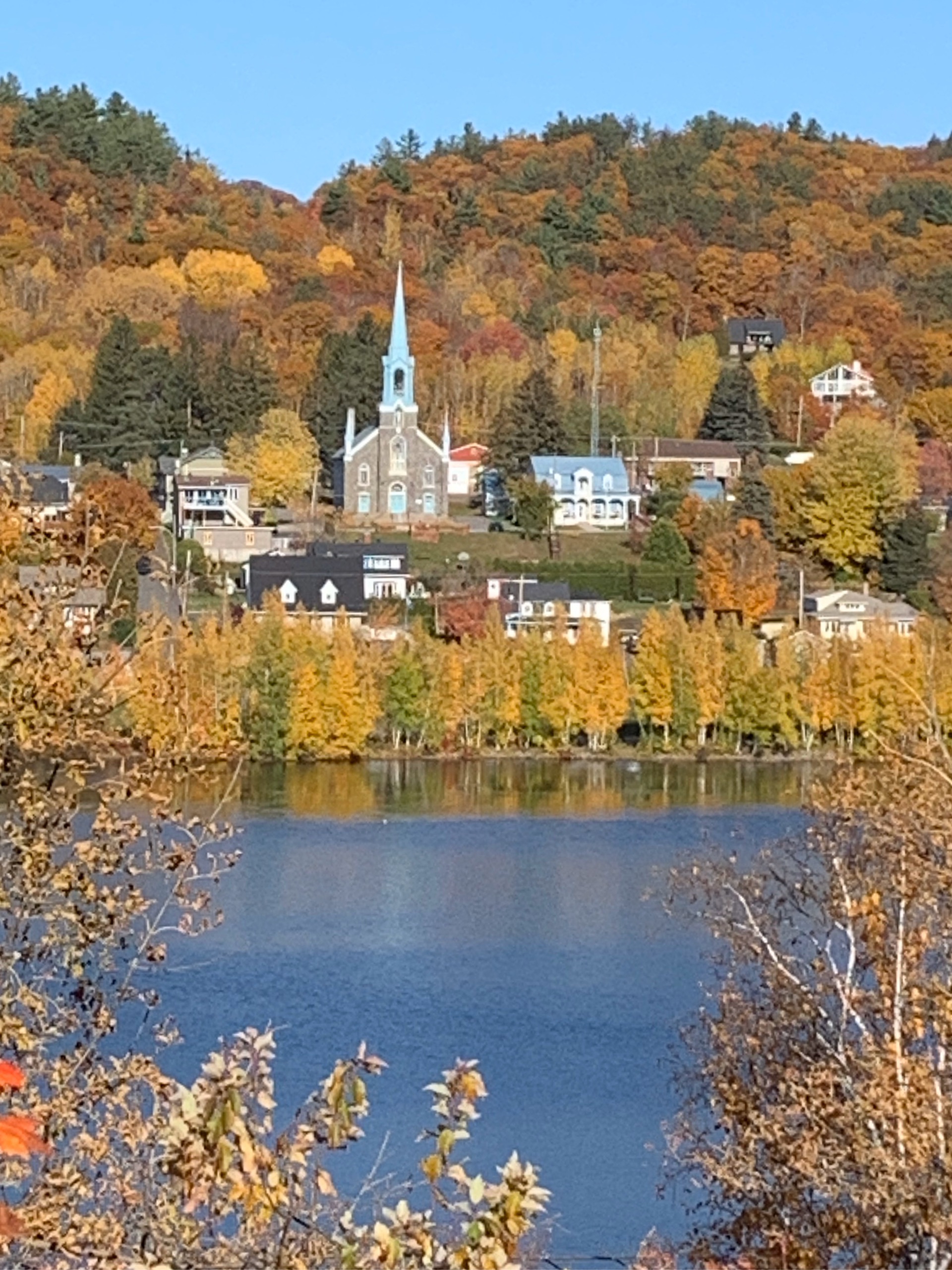Global Travel Information
Syrian Desert, Syria
The Syrian Desert: A Land of Ancient Mysteries and Stark Beauty
Stretching across vast expanses of southeastern Syria, the Syrian Desert, also known as the Badiyat al-Sham, is a region of striking contrasts—where endless golden sands meet rugged volcanic plateaus, and where ancient civilizations once flourished amidst the harsh, unforgiving landscape. This arid expanse, covering parts of Syria, Jordan, Iraq, and Saudi Arabia, holds a unique place in history, ecology, and culture. Despite its seemingly inhospitable nature, the desert has been a crossroads of human activity for millennia, bearing witness to the rise and fall of empires, the passage of caravans along legendary trade routes, and the resilience of Bedouin traditions that endure to this day.
Geography and Climate
The Syrian Desert is a true desert, characterized by extreme aridity, scorching summers, and cold winters. Rainfall is scarce, often less than 125 millimeters annually, and the terrain varies from vast sand dunes to rocky plains and basalt-strewn fields known as harra. The desert’s eastern reaches blend into the more fertile Euphrates River Valley, while its southern edges merge with the deserts of Jordan and Saudi Arabia.
One of the most striking geological features of the region is the Harrat al-Sham, a massive volcanic field that extends into Jordan and Saudi Arabia. These dark, jagged lava formations create a surreal landscape, contrasting sharply with the surrounding sands. The desert’s elevation also varies, with some plateaus rising over 1,000 meters above sea level, offering sweeping views of an otherwise flat and monotonous terrain.
Historical Significance
The Syrian Desert has long been a silent witness to human history. In antiquity, it served as a natural barrier between the civilizations of Mesopotamia and the Levant, yet it was also a conduit for trade and cultural exchange. The legendary Silk Road passed through its northern fringes, linking China to the Mediterranean, while the ancient city of Palmyra—once a thriving oasis and a jewel of the desert—rose to prominence as a vital trading hub.
Palmyra, known as Tadmor in Arabic, stands as a testament to the ingenuity of desert-dwelling peoples. Its grand colonnades, temples, and tombs, built between the 1st and 3rd centuries CE, reflect a blend of Roman, Persian, and indigenous influences. Tragically, much of this UNESCO World Heritage site has suffered damage in recent conflicts, yet its ruins continue to evoke the grandeur of a lost era.
Further east, the desert was once home to the Assyrians, whose empire stretched across Mesopotamia. The ruins of Dura-Europos, an ancient fortress city on the Euphrates, reveal layers of Hellenistic, Parthian, and Roman occupation, including one of the world’s oldest known Christian churches.
Bedouin Culture and Traditions
For centuries, the Syrian Desert has been the domain of Bedouin tribes, whose nomadic way of life is deeply intertwined with the rhythms of the land. The Bedouins, known for their hospitality and deep knowledge of the desert, have historically relied on camel herding, seasonal grazing, and trade to sustain themselves.
Even today, despite modernization and political upheavals, many Bedouin communities maintain their traditions. Their intricate tribal social structures, oral poetry, and mastery of desert survival skills reflect a profound connection to the environment. The desert’s harshness has forged a culture of resilience, where water sources like the wadis (seasonal riverbeds) and hidden wells are treasured lifelines.

Wildlife and Ecology
Contrary to its barren appearance, the Syrian Desert supports a surprising variety of wildlife, adapted to extreme conditions. Species such as the Arabian oryx, sand gazelles, and desert foxes roam the sands, while reptiles like the spiny-tailed lizard and desert monitor thrive in the heat. Birdlife includes migratory species that traverse the desert between Africa and Eurasia.
Vegetation is sparse but hardy, with drought-resistant shrubs like Artemisia and salt-tolerant plants clinging to life in saline depressions. In rare, rain-fed years, the desert briefly transforms as ephemeral wildflowers bloom, painting the sands with fleeting bursts of color.
Modern Challenges and Conflicts
In recent decades, the Syrian Desert has become a contested space, caught in the turmoil of regional conflicts. The Syrian Civil War and the rise of extremist groups have left scars on both the land and its people. Ancient sites like Palmyra have been vandalized, while traditional Bedouin routes have been disrupted by warfare and border controls.
Additionally, climate change and over-extraction of groundwater threaten the fragile desert ecosystem. Droughts have intensified, pushing both wildlife and human communities to the brink. Yet, despite these challenges, the desert remains a place of endurance—a landscape that has survived empires and will continue to shape the lives of those who call it home.
Conclusion: The Eternal Desert
The Syrian Desert is more than just a barren wasteland; it is a living archive of human history, a crucible of culture, and a testament to nature’s adaptability. From the ruins of Palmyra to the whispered stories of Bedouin elders, the desert holds secrets that transcend time. As the modern world encroaches, the challenge lies in preserving both its ecological balance and its cultural heritage—ensuring that this ancient land remains a bridge between past and future.
For those who venture into its vastness, the Syrian Desert offers not emptiness, but a profound sense of connection—to history, to nature, and to the enduring spirit of survival against all odds.
相关文章
- Elbe River Archaeological Sites: Ancient Finds Near the Water
- Elbe River Botanical Gardens: Flowers & Plants Along the Banks
- Elbe River Zoos & Aquariums: Family Fun Near the River
- Elbe River Amusement Parks: Rides with River Views
- Elbe River Camping Spots: Pitch a Tent by the Water
- Elbe River Glamping Sites: Luxury Camping Along the Banks
- Elbe River RV Parks: Stay in Your Camper Near the River
- Elbe River B&Bs: Cozy Accommodations with a Personal Touch
- Elbe River Hostels: Budget Stays for Young Travelers
- Elbe River Business Travel Guide: Meetings & Events Near the Water
发表评论
评论列表
- 这篇文章还没有收到评论,赶紧来抢沙发吧~


